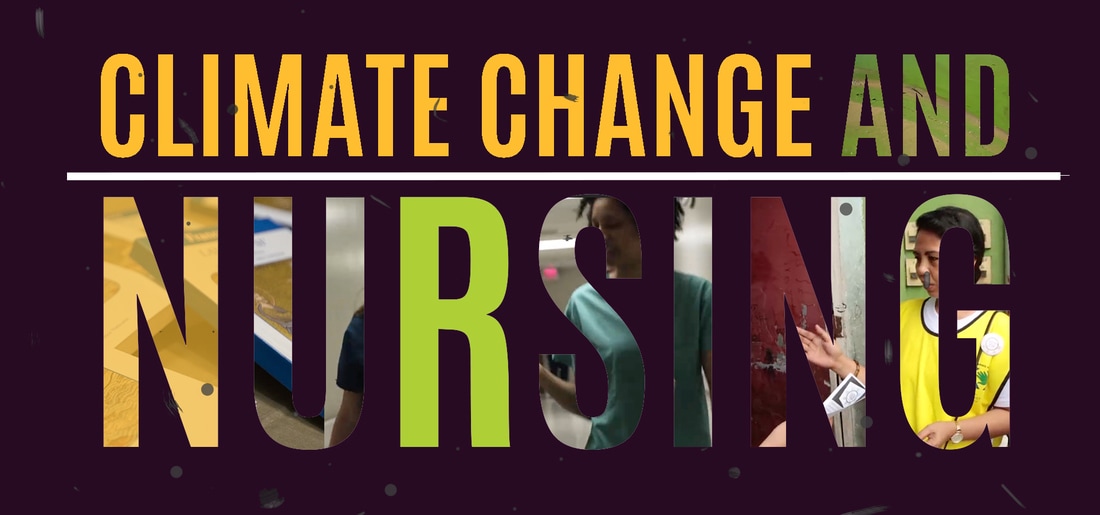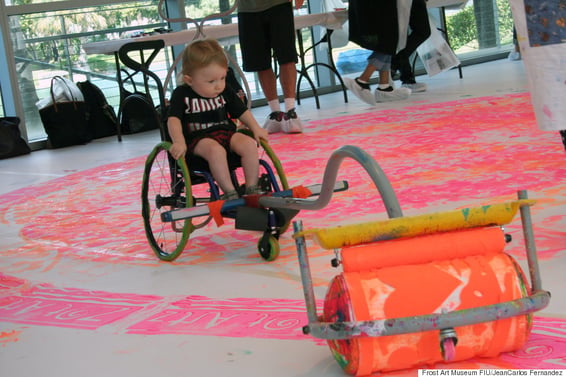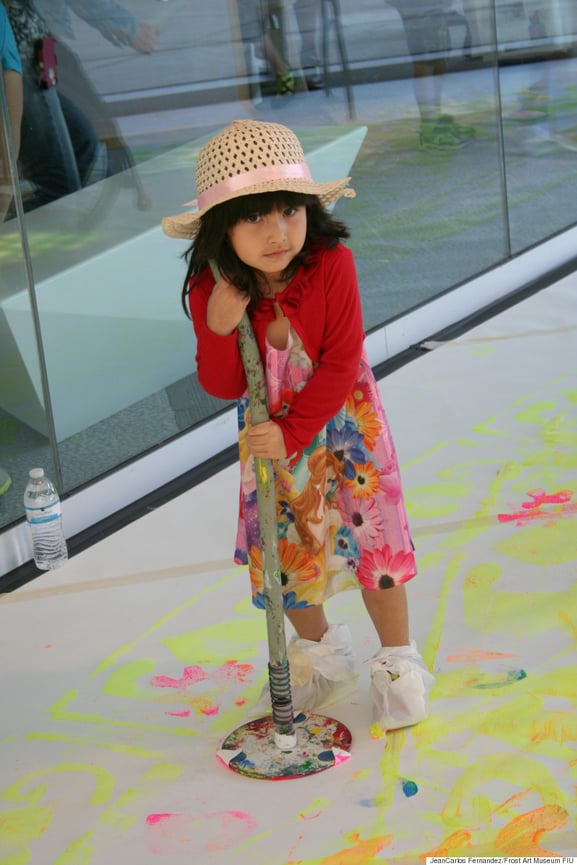Becoming a Nurse is a rewarding yet challenging career path. It’s a calling filled with moments of joy, frustration, and constant learning. While Nursing school does its best to prepare you, there are many things you can only learn through experience. If you’re considering a career in Nursing or are just starting out, here are some things I wish I had known before stepping into this field.
Nursing Is Emotionally Demanding
I expected the physical demands of Nursing, but the emotional aspect took me by surprise. You will deal with loss, grieving families, and patients facing their worst moments. It’s essential to develop emotional resilience. However, it’s okay to feel vulnerable. Seeking support from colleagues, friends, or a therapist is not a sign of weakness; it's a necessary part of self-care in this profession.
You Can’t Do Everything on Your Own
In Nursing school, you're often focused on individual performance. But real-life Nursing is a team effort. You rely heavily on your colleagues, from Physicians to support staff. Learning to delegate and communicate effectively is key. Don’t hesitate to ask for help when you need it—it’s better for the patient and for you.
Time Management Will Make or Break Your Shift
One of the biggest challenges Nurses face is managing time effectively. You might have 10 things that need to get done at once, but prioritizing tasks is critical. As a new Nurse, it took me time to learn how to organize my day, manage interruptions, and still provide quality care. I wish I practiced more strategies for time management early on—like clustering care tasks, minimizing distractions, and always having a plan, but being ready to adapt when emergencies happen.
You Will Make Mistakes—And That’s Okay
No matter how well-prepared you are, mistakes happen. The key is to learn from them and not let them define you. I vividly remember the first time I made an error with medication. I was devastated, but I quickly realized mistakes are part of the learning process. The important thing is to be transparent, own your error, and take immediate steps to ensure patient safety.
Your Feet Will Hurt!
Standing, walking, running between patient rooms—it’s a constant physical strain. Invest in high-quality shoes and compression socks early on. I didn’t, and trust me, my feet paid the price. Also, take breaks when you can, stretch, and stay hydrated. Nursing is a marathon, not a sprint.
Documentation Is an Art Form
One of the biggest adjustments after Nursing school is realizing how much time you’ll spend documenting patient care. At first, charting can seem overwhelming. But it’s vital for patient safety, legal protection, and continuity of care. I learned to chart in real-time as much as possible and to focus on key points—clear, concise, and accurate. The more efficiently you chart, the more time you’ll have to actually care for patients.
You Will Be an Advocate
One thing I didn’t fully grasp before becoming a Nurse is how much advocacy is a part of the role. You’re the patient's voice when they can’t speak for themselves. Whether it’s questioning a medication order, ensuring they understand their discharge instructions, or communicating their needs to the care team, advocacy is an integral part of Nursing. It can be intimidating, but it’s necessary to ensure patients receive the best care.
It’s Okay to Not Know Everything
As a new Nurse, I felt an immense pressure to know all the answers. The reality is, you won’t. Medicine is always evolving, and each patient presents a unique case. It’s important to stay curious, ask questions, and continue learning. Experienced Nurses are a wealth of knowledge—tap into their experience and never be afraid to admit when you don’t know something.
Work-Life Balance Can Be Tough
Shift work, long hours, and the emotional toll can make it difficult to find a good work-life balance. I’ve learned it’s crucial to set boundaries. Taking time off, engaging in hobbies, and connecting with loved ones helps prevent burnout. Nursing is demanding, but your personal well-being matters just as much as your professional responsibilities.
Nursing Is Incredibly Fulfilling
Despite all the challenges, Nursing is one of the most rewarding careers out there. The satisfaction of helping others through some of their most difficult times is unparalleled. You’ll build relationships with patients, witness recovery, and be a part of life-changing moments. No 2 days are the same, and the work you do genuinely makes a difference.
Nursing is not for the faint of heart, but if you have the passion for it, it will be one of the most fulfilling journeys of your life. These lessons are ones I wish I had known early on, but they’ve shaped me into the Nurse I am today. Remember, it's okay to grow, to ask for help, and to learn along the way. If you can embrace the challenges, you’ll find that Nursing is not just a career—it’s a calling.


 This article was written by the MODERN NURSE at
This article was written by the MODERN NURSE at 


